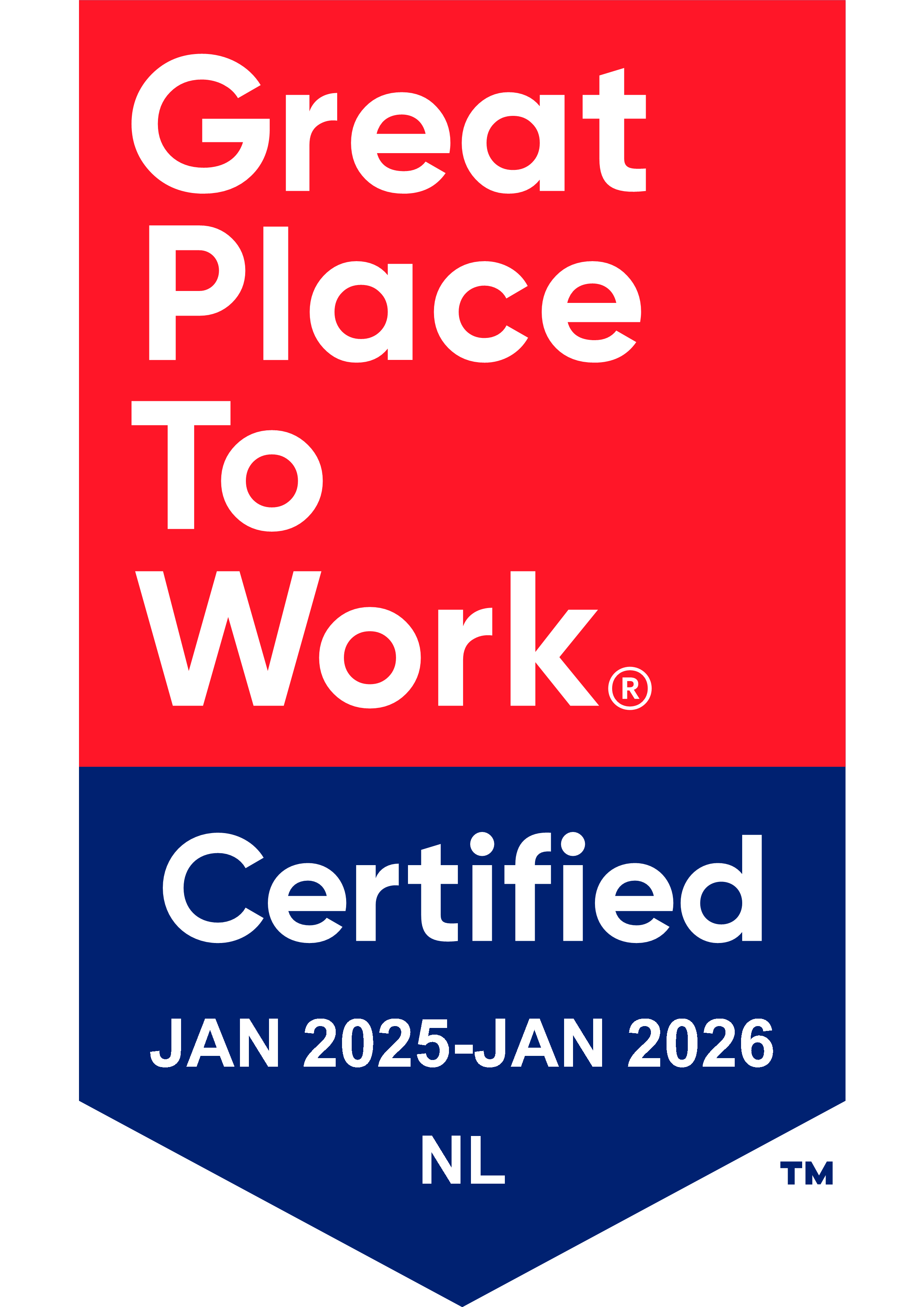Ensure seamless control of your organization's documents with OpenText Extended ECM.
Keep control over your documents. At all times!
Controlled Documents: Why They’re Important and How to Implement Them with OpenText Extended ECM
In today’s fast-paced business environment, where organizations deal with an ever-growing amount of information, it is essential to have a robust document control system in place. A controlled document is a document that has been approved and authorized for use by an organization. It could be a policy, a procedure, a work instruction, or any other document that an organization uses to ensure consistency, compliance, and quality.
A Controlled Document solution is a system that manages the life cycle of controlled documents, from creation to retirement. It ensures that the right document is available to the right people at the right time, and that changes to the document are authorized and tracked. The solution also ensures that the documents are properly reviewed, signed, and agreed upon by the responsible persons.
The importance of having a Controlled Document solution cannot be overstated. It is crucial for ensuring compliance with internal and external regulations and standards. The consequences of not having a proper document control system in place could be severe, ranging from lost productivity to legal liabilities. A lack of control over key documents could also result in using outdated or inaccurate information, which could lead to incorrect decisions, delays, or even safety incidents.
One key feature of a Controlled Document solution is the “Read and understood” functionality. This functionality ensures that employees have read and understood the document before they can use it. It provides an audit trail of who has read and understood the document, which is critical for compliance and accountability.
OpenText Extended ECM is an excellent framework for implementing a Controlled Document solution. It provides a centralized repository for managing documents and workflows, ensuring that the right people have access to the right information at the right time. The solution is highly configurable and can be tailored to fit the maturity levels and specific requirements of an organization.
At X-Center, we have the expertise to analyze and implement a Controlled Document solution that fits your organization’s needs. We can help you with the design, configuration, and implementation of the OpenText Extended ECM solution. We can also provide training and support to ensure that your employees are comfortable and proficient in using the system.

In conclusion, a Controlled Document solution is essential for ensuring compliance, consistency, and quality in organizations. OpenText Extended ECM is an excellent framework for implementing such a solution, and X-Center has the expertise to help you with the implementation. By implementing a Controlled Document solution, you can mitigate risks, improve productivity, and ensure that your organization is always using the most up-to-date and accurate information.
Below are the key characteristics of an effective document control system that ensure proper management of controlled documents:
- Prior approval of controlled documents: Before release and distribution, all controlled documents should go through a review and approval process. Relevant stakeholders provide comments, corrections, and changes during this stage. The system should track all activities related to the document and all versions and be auditable.
- Regular review and updating of controlled documents: The document control system should provide a method for regular review of documents based on a schedule or significant changes that may impact the document’s content. The document controller should ensure the review process is managed correctly.
- Clear identification of document revisions: To maintain transparency, a revision audit trail should be established to ensure that any changes are clearly identified and time/date stamped, along with the identity of the person responsible for the revision.
- Availability of relevant document versions: The document control system should enable all relevant staff to find and retrieve a document version from any point in the change cycle. Staff should also be notified of changes made to the document.
- Maintaining legibility of controlled documents: Controlled documents must remain legible and readable, which means using consistent, readable formats (digital or handwritten) and document naming/coding procedures.
- Consistent treatment of external documents: External documents should follow the same process as internal documents in terms of review and distribution.
- Removal of obsolete document versions: All document users should be able to identify the most recent, usable document version, and retired documents should be marked as unusable as part of their document management. The document control system should enable the document controller to manage the destruction, archiving or marking of obsolete documents.
- Documentation of compliance: It is essential to document all document control policies and procedures, including written descriptions, flowcharts, schedules, and plans, to provide proof of compliance with applicable regulations and standards.
A controlled document process is important for complying with various regulations and certifications, including:
- ISO 9001:2015 Quality Management System: This standard requires an organization to establish and maintain a documented information control system to manage the creation, revision, distribution, and withdrawal of documents.
- FDA 21 CFR Part 11 Electronic Records and Electronic Signatures: This regulation sets forth requirements for the use of electronic records and signatures in FDA-regulated industries and requires the establishment of controls for ensuring the authenticity, integrity, and confidentiality of electronic records.
- Sarbanes-Oxley Act (SOX): SOX mandates companies to maintain accurate and complete financial records and imposes strict penalties for non-compliance. It requires the establishment of a document retention policy to ensure that all financial records are retained for a specific period.
- General Data Protection Regulation (GDPR): This regulation requires organizations to establish and maintain controls over personal data and ensure that data is accurate, complete, and up-to-date. This includes the creation and management of controlled documents that contain personal data.
- Health Insurance Portability and Accountability Act (HIPAA): HIPAA requires healthcare organizations to establish and maintain controls over protected health information (PHI) and ensure the confidentiality, integrity, and availability of PHI.







